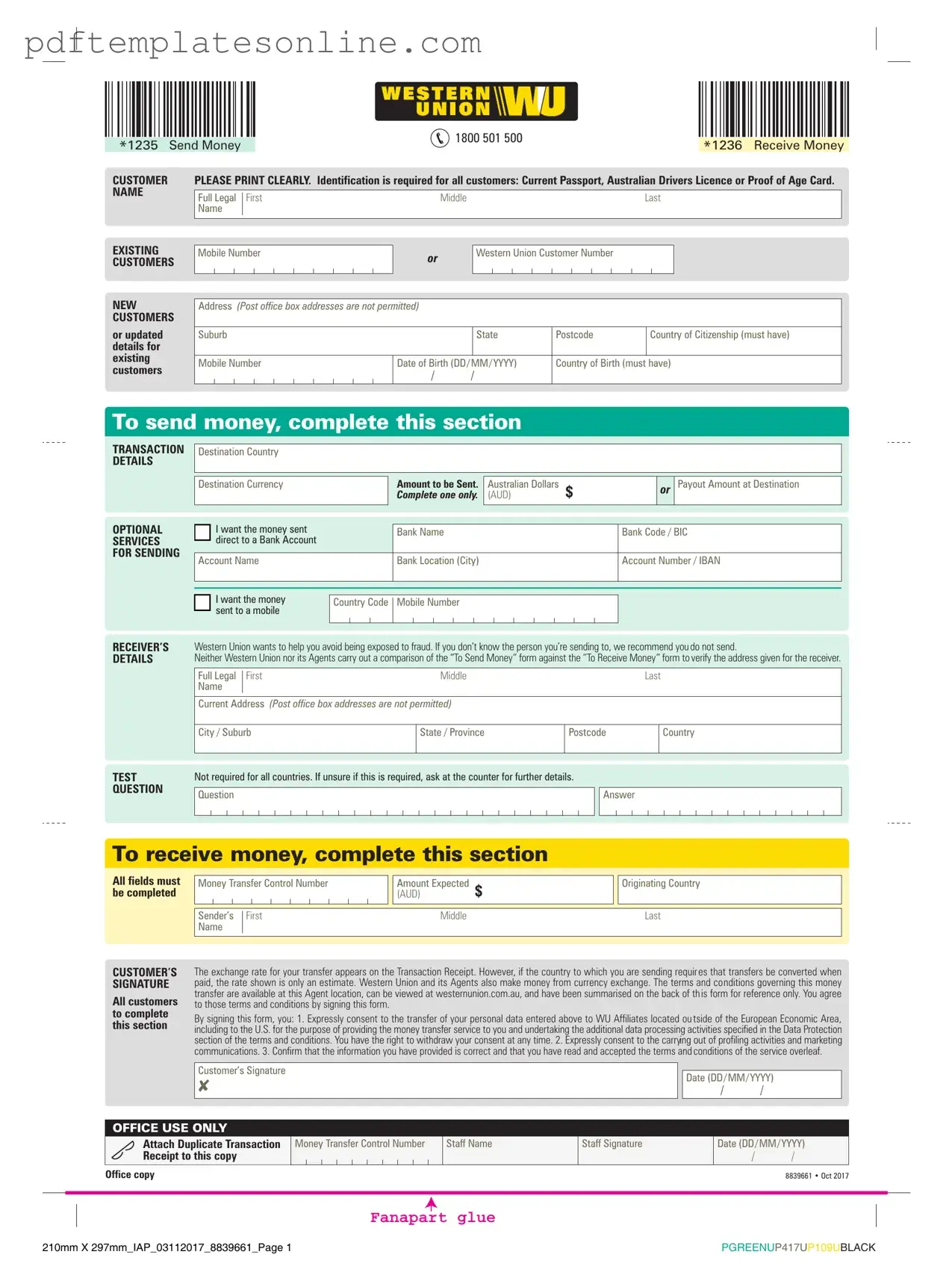Dd Form 5960
- The DA 5960 contributes to overall financial planning for those who serve in the military.
The California Marital Separation Agreement form is a legal document utilized by couples who wish to formalize their decision to live apart while remaining legally married. It outlines the division of assets, debts, and other financial responsibilities, along with any arrangements related to child custody and support. To assist in creating this document, you can refer to resources like California PDF Forms, which provide editable templates to streamline the process. This agreement serves as a crucial step for those navigating the process of separation, ensuring clarity and fairness for both parties involved.
Hunting Liability Waiver Template
- Signing this form indicates understanding of the various dangers present in the hunting environment.
